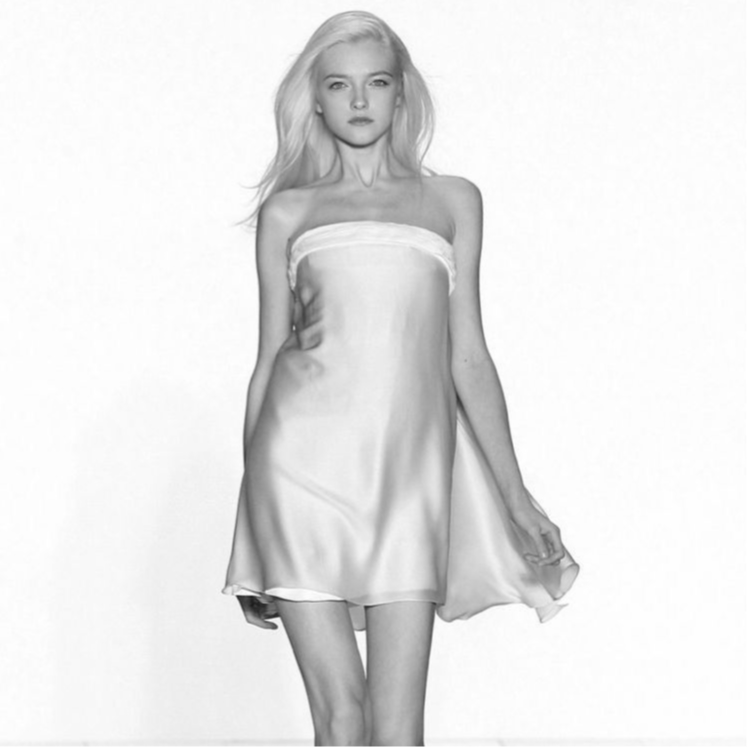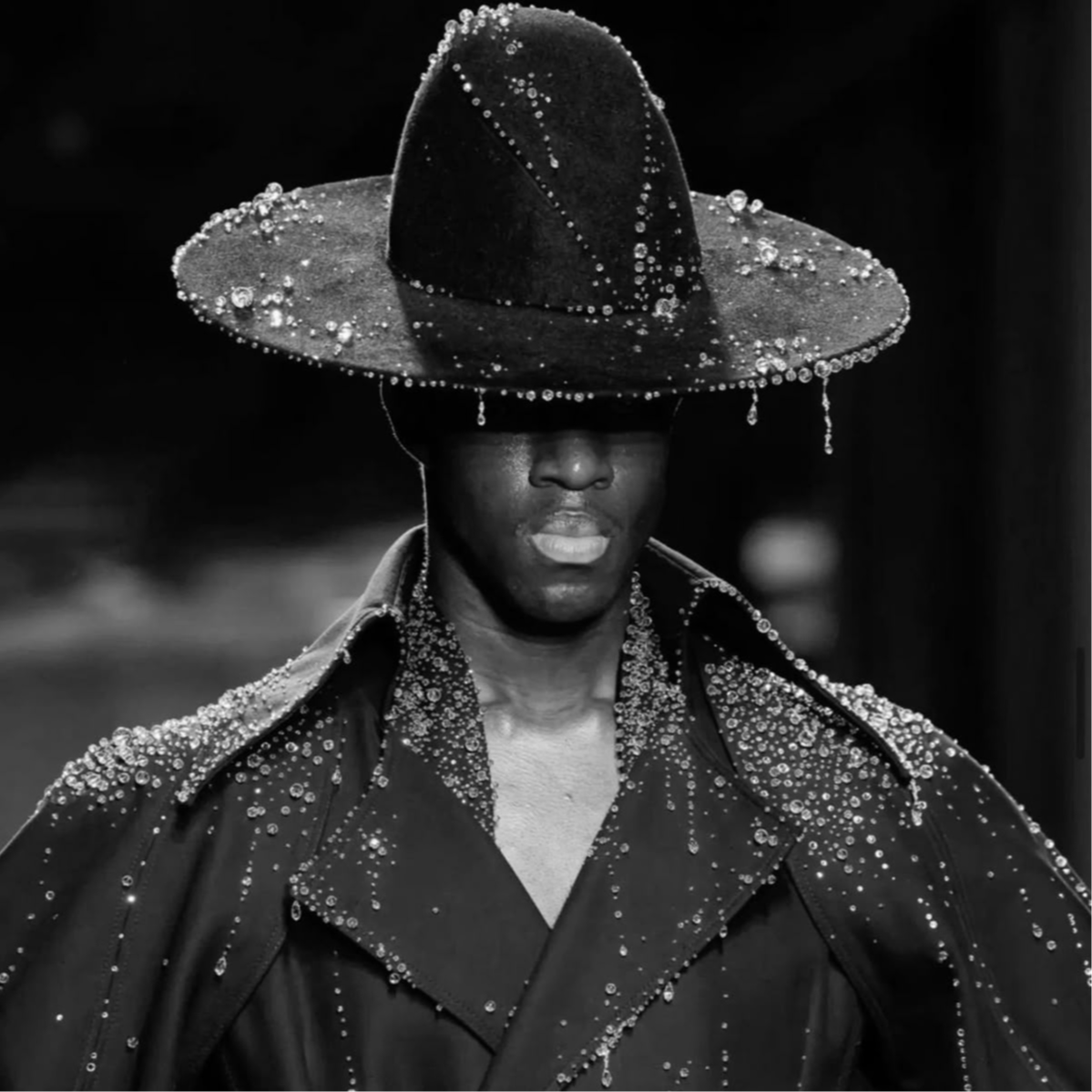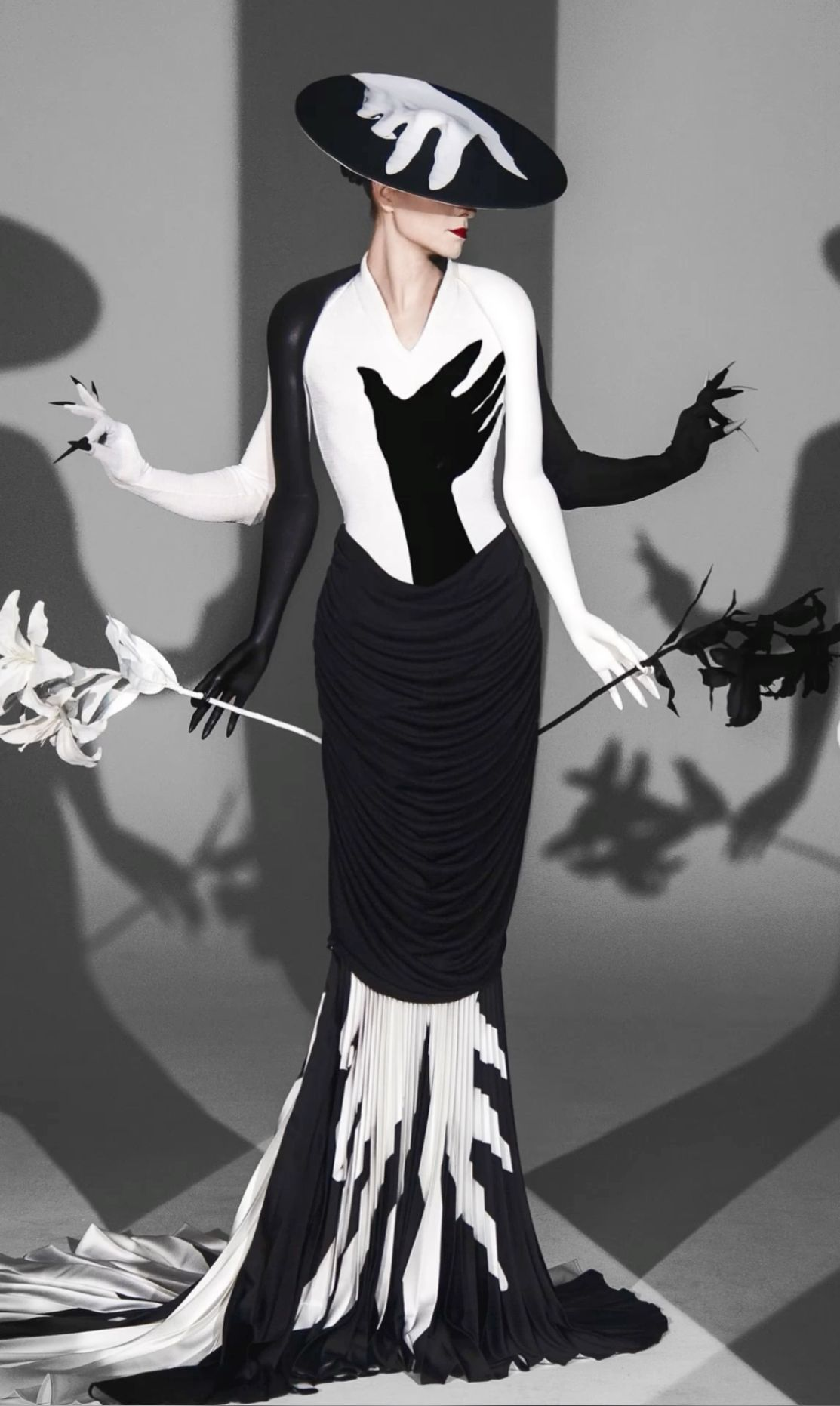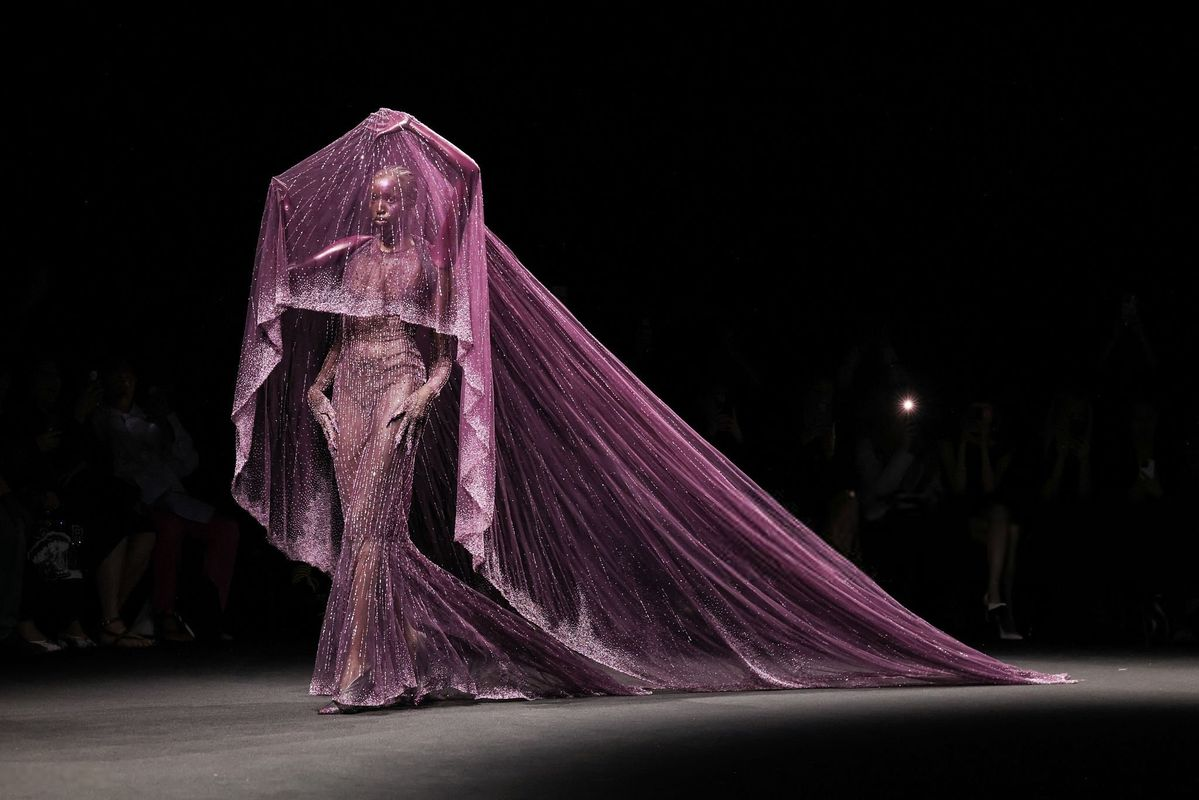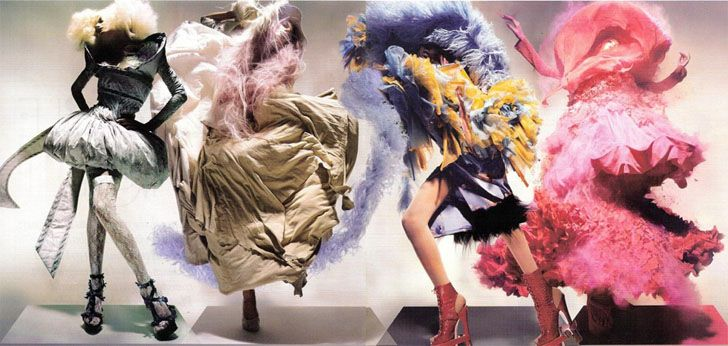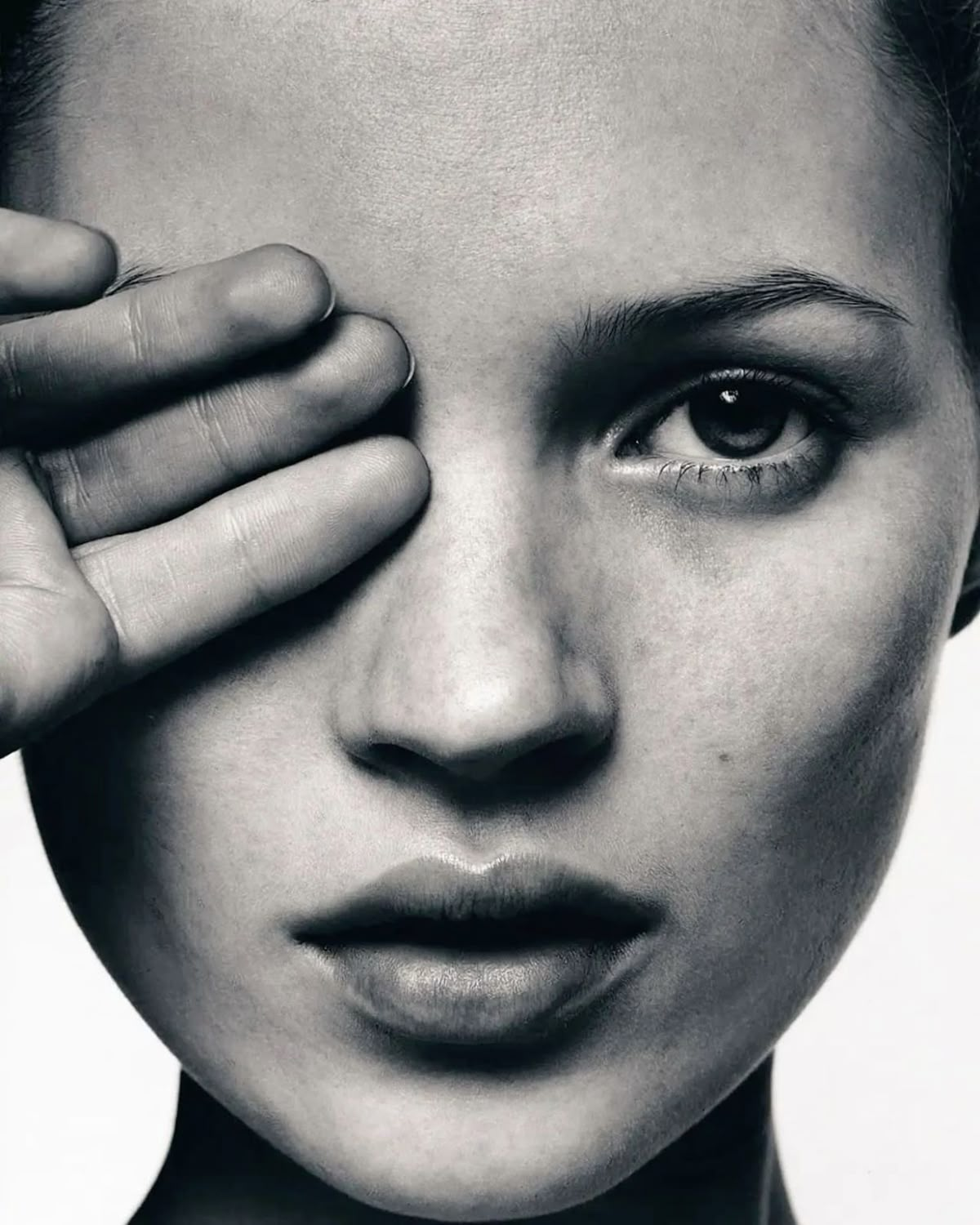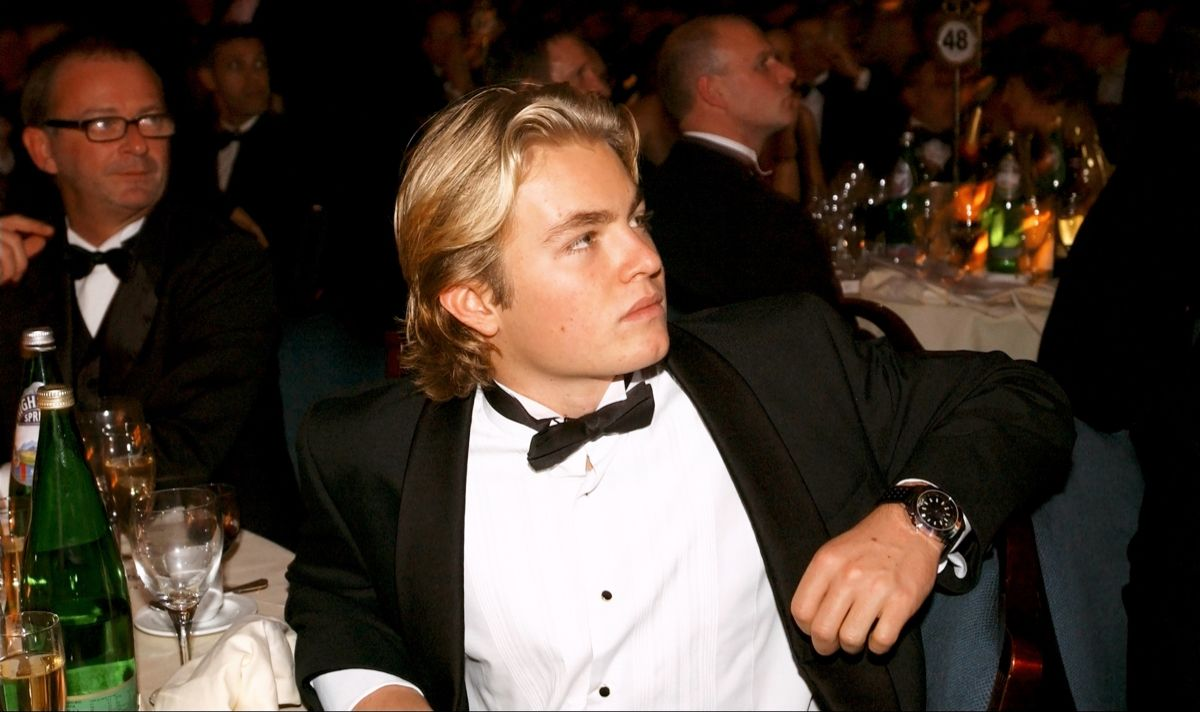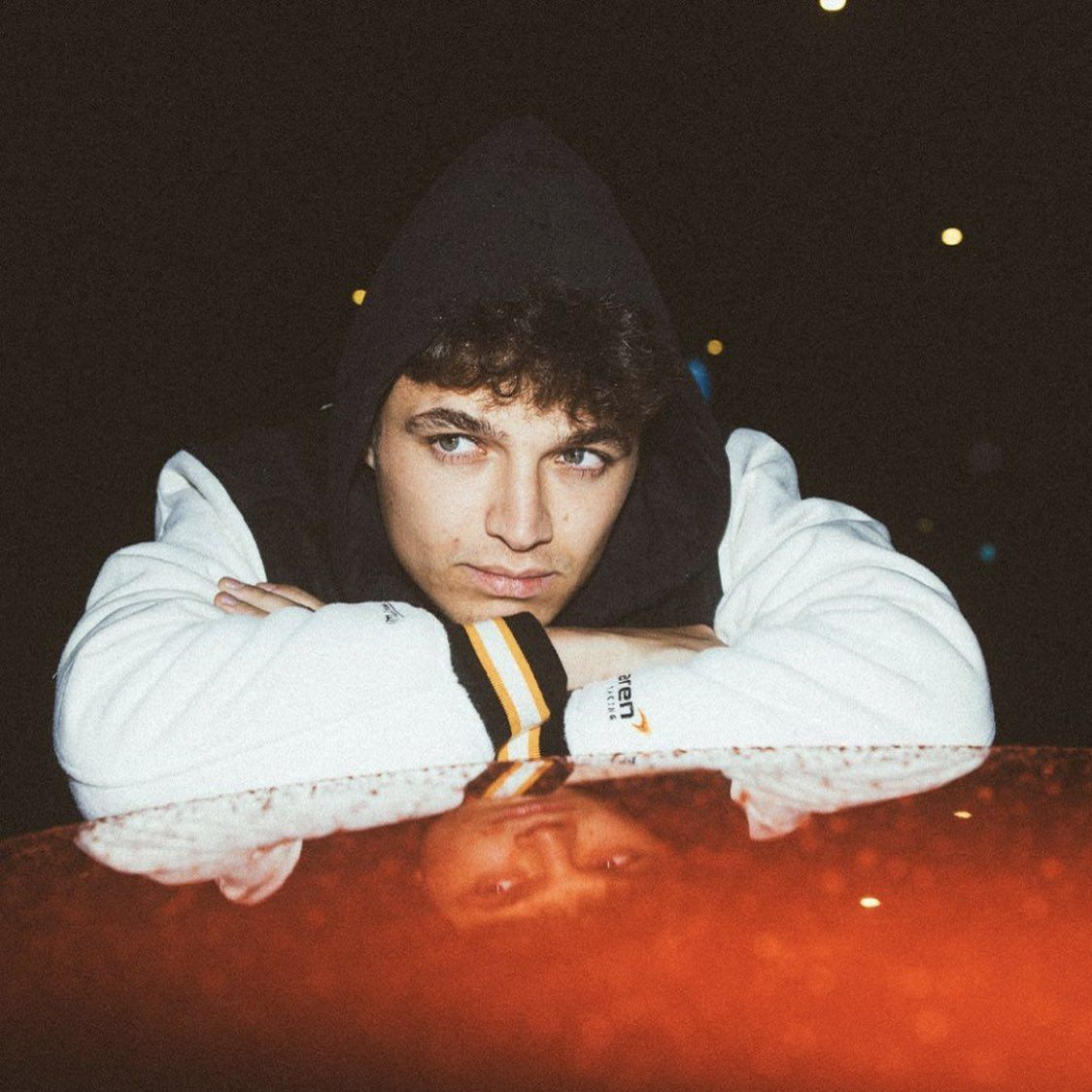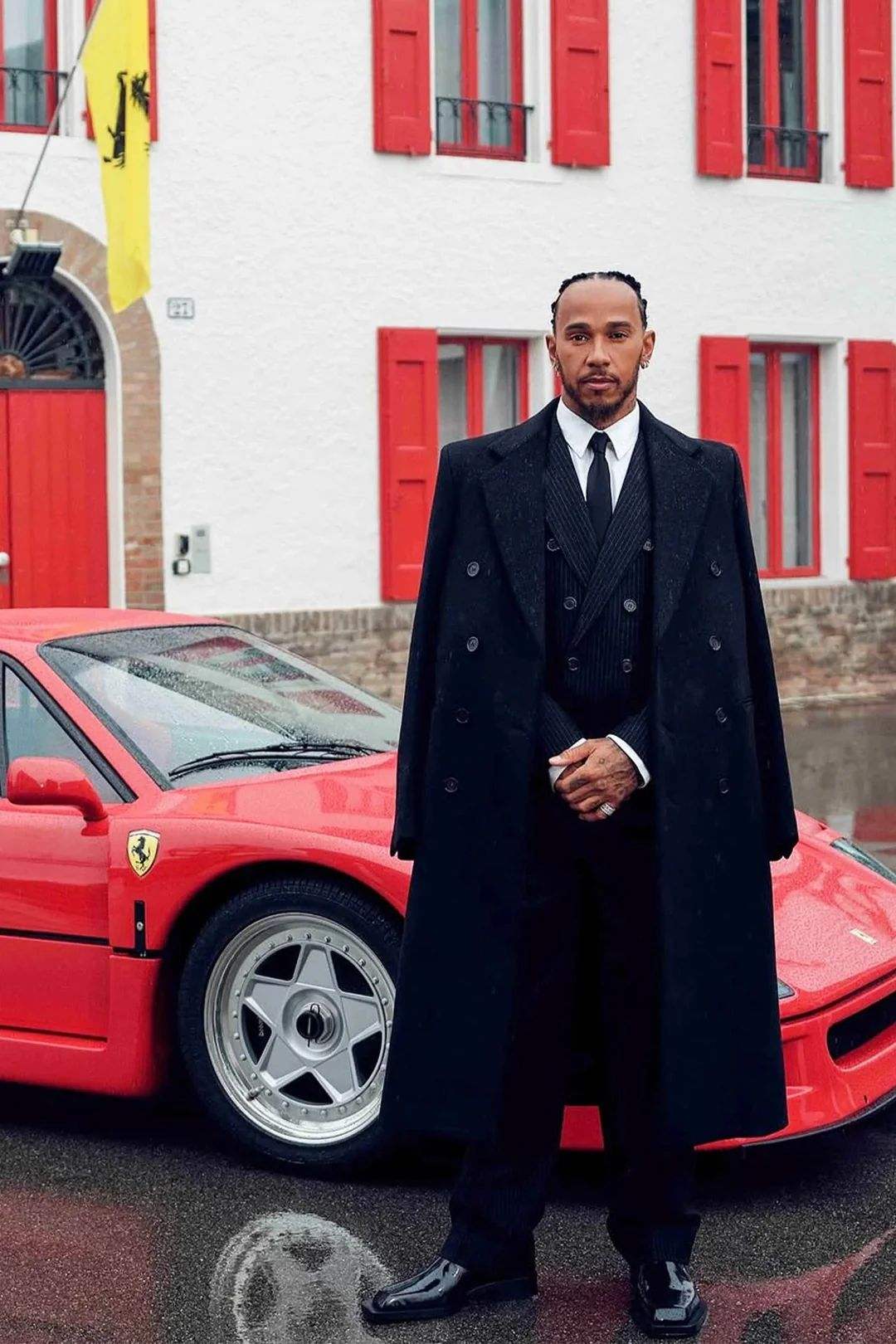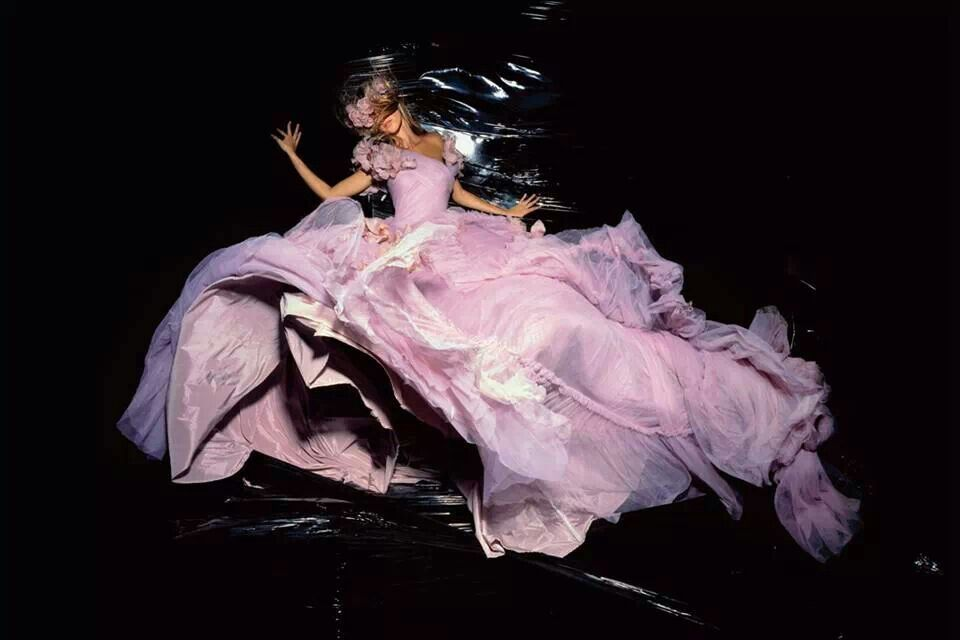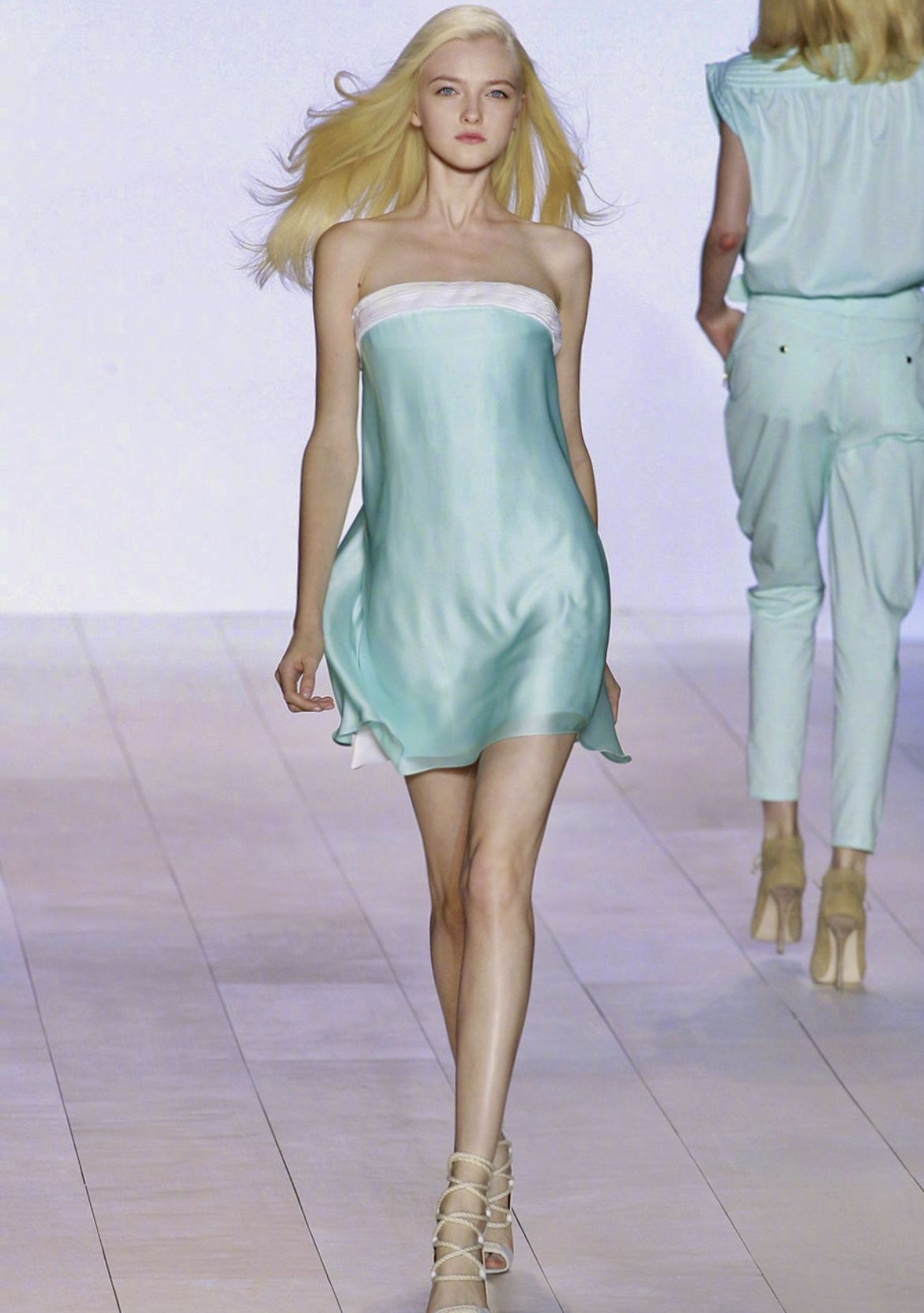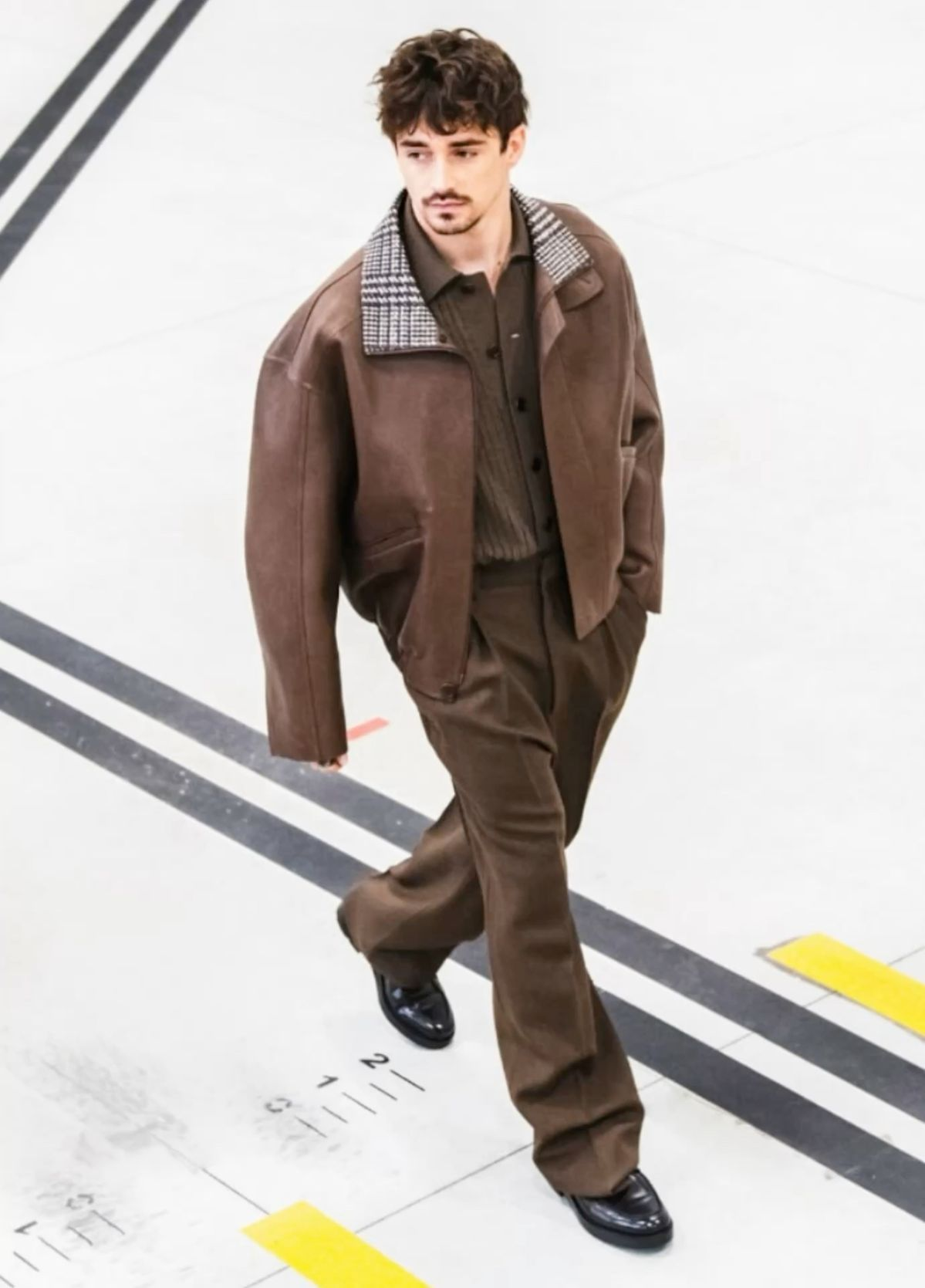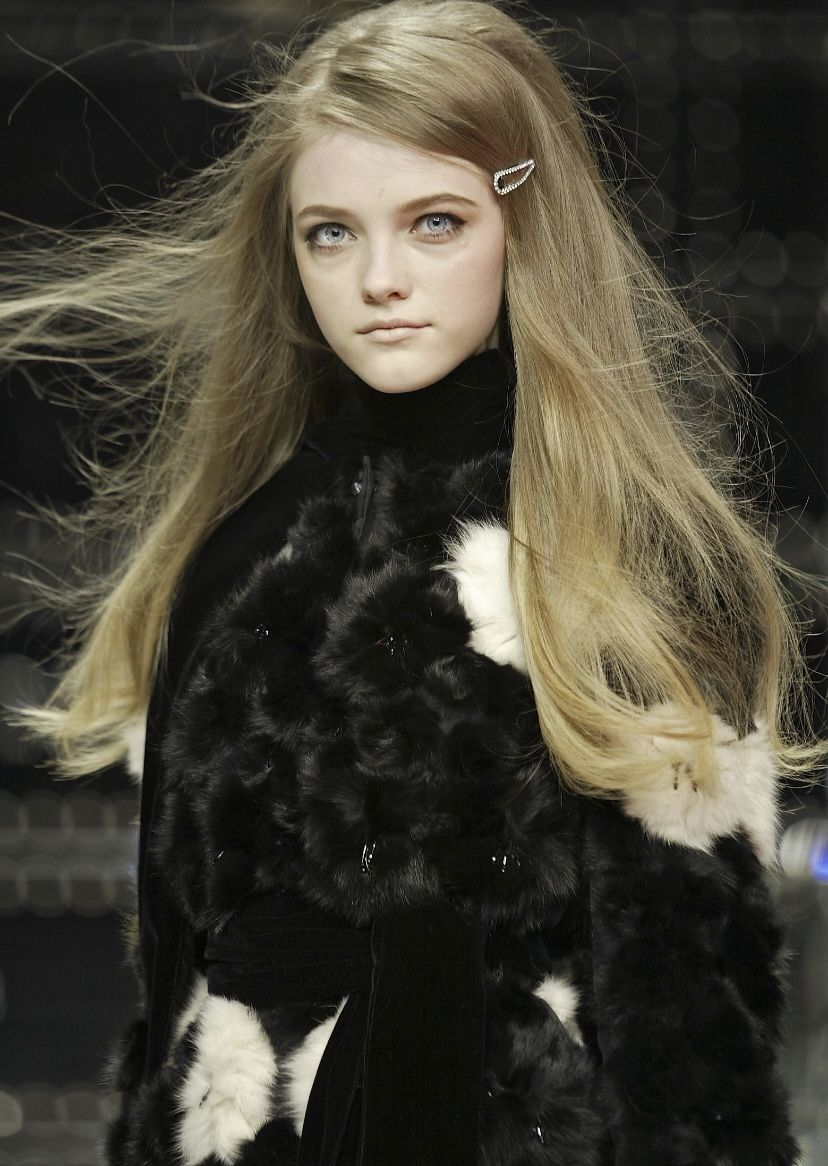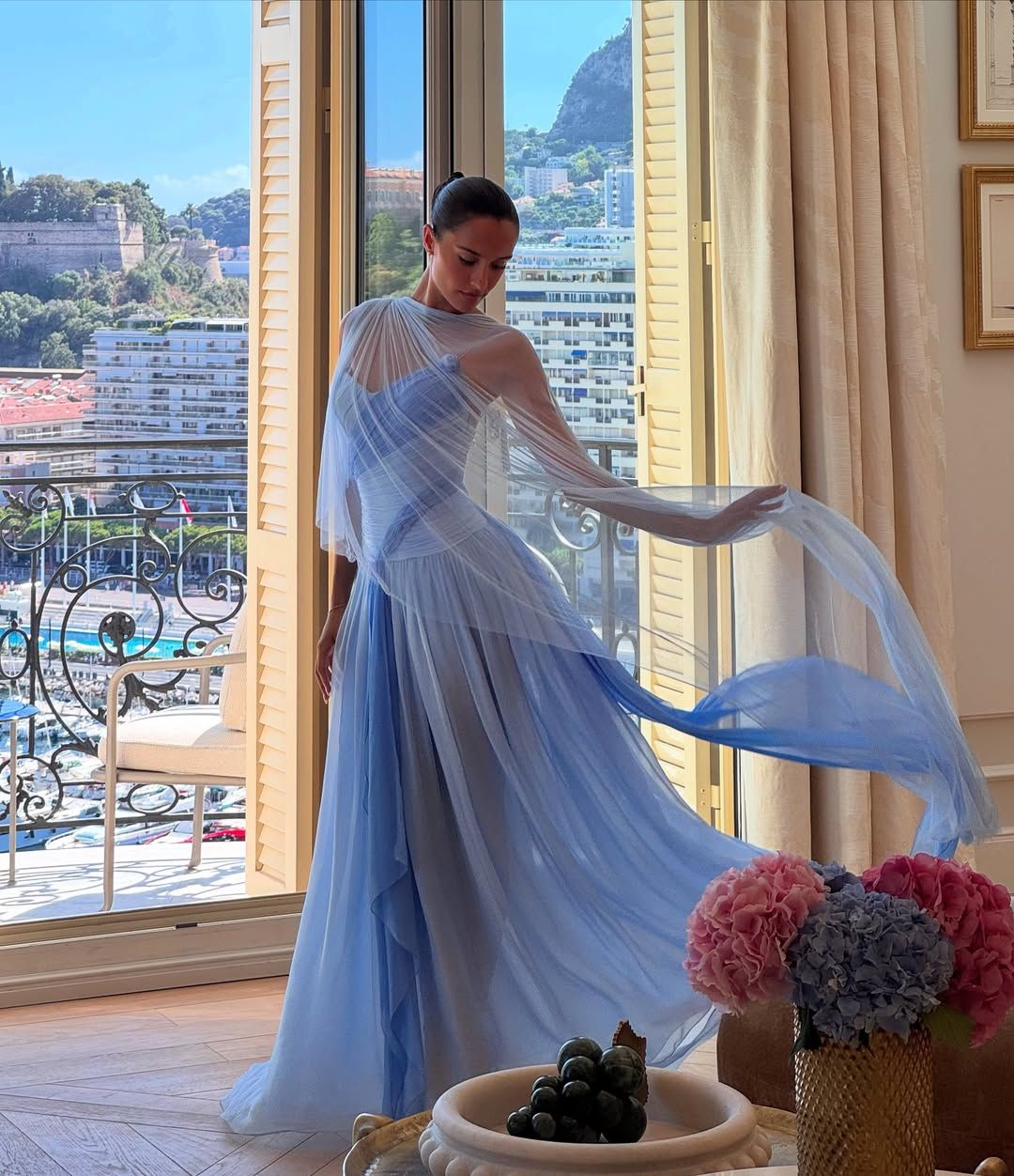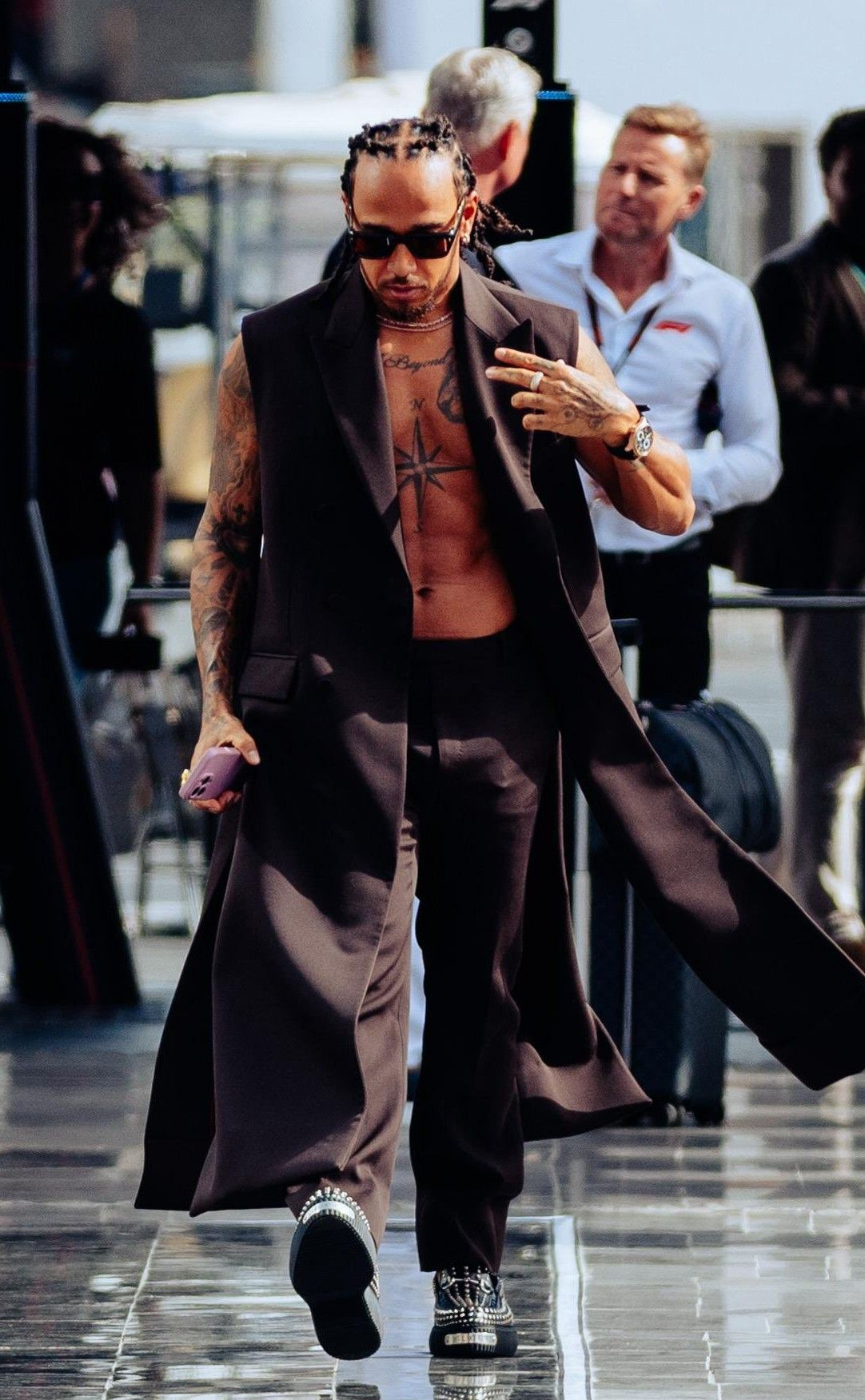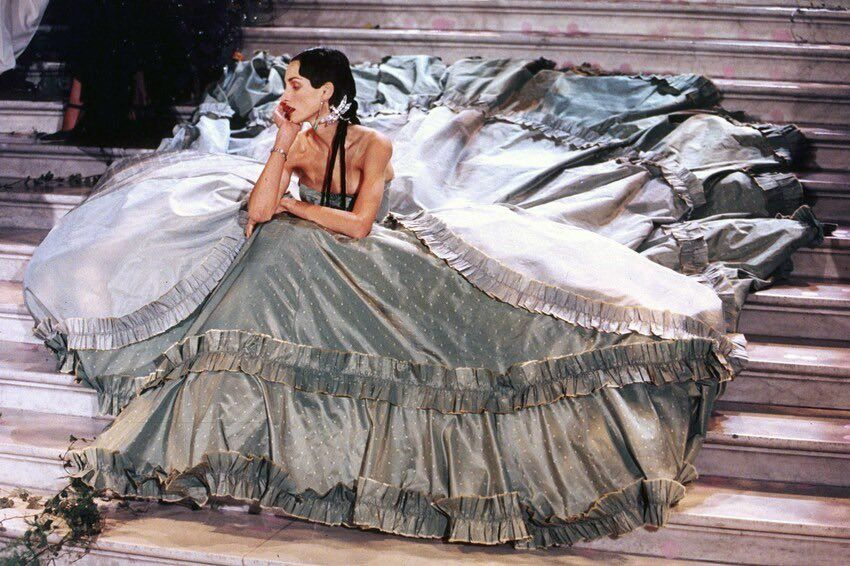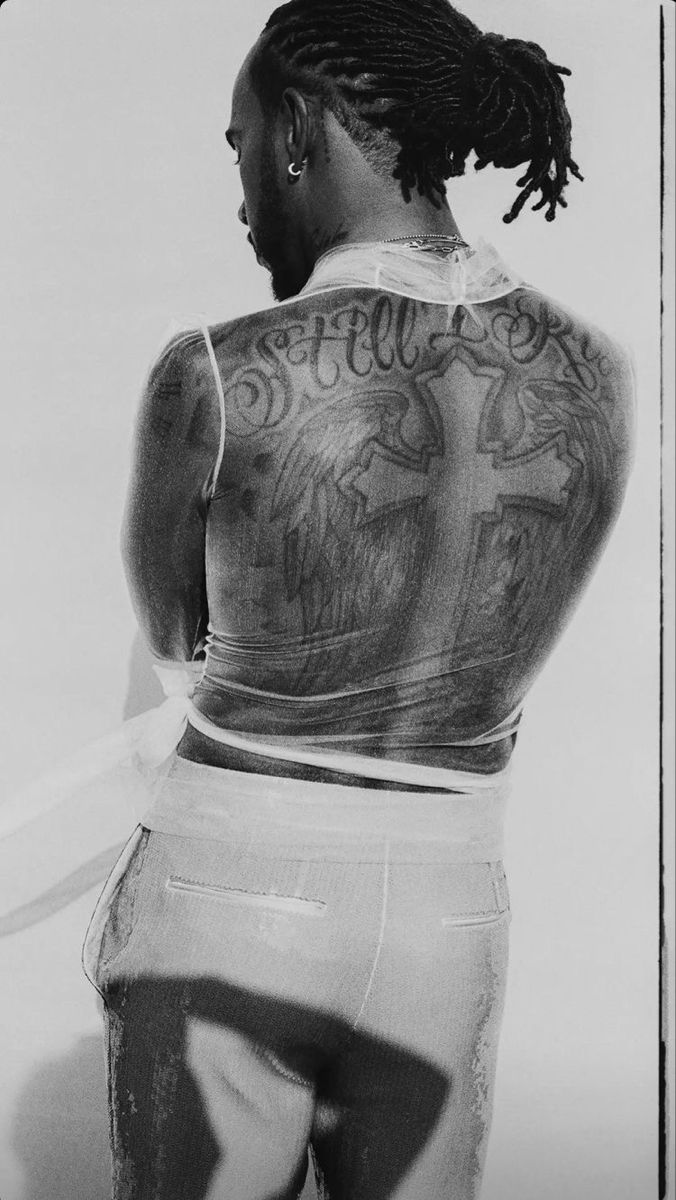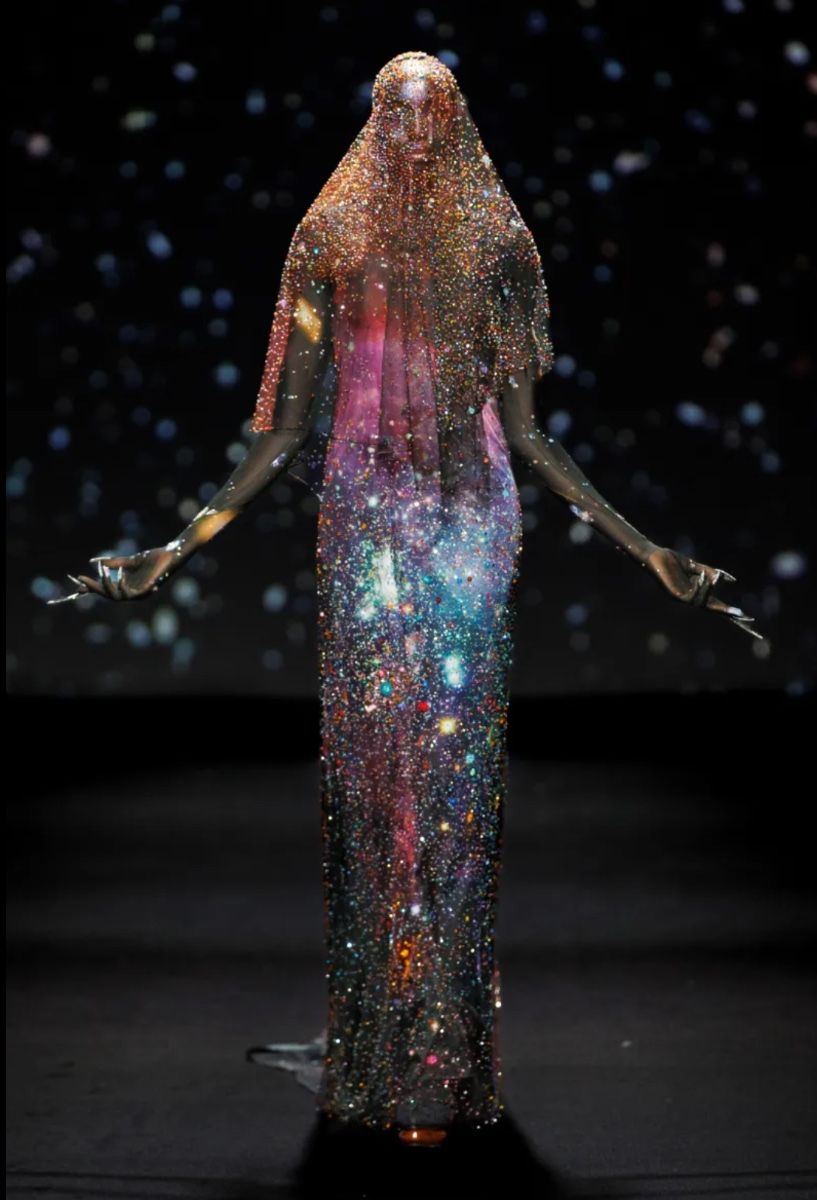Fashion in The World + Connections It Forms
The connections people make when seeing other folks in the same brand/team clothes as them
The loyalty and connection people have with their favourite brands
I have a little note in my notes app dedicated to my and my friends favourite brands. There's always the sort of wish to have a closet full of certain brands, like I used to wear only Ralph Lauren shirts and Lacoste sweaters, my flatmate has a closet full of Louis Vuitton, my family’s attic is full of Fendi and Coach, etc...
Covid’s Effect on Life and Style
Covid impacted the way we dressed and lived in a few different ways, both once we started learning and working remotely, and after we were allowed back out into collective society. Before covid, people wore simple stuff, a button up shirt and trousers, or a simple pencil skirt and stockings for work. Shirts and jeans for school, etc. We all dressed simply and comfortably. That's why the clothing in the 2010's is generally categorised as missme jeans, baggy hoodies, and lots of graphic t-shirts. We wore relatively tame clothing. Lots of what we'd probably consider sort of cringe now. Then covid hit and we all moved inside. This is where everything began to change. During the first year or so we no longer really cared about clothing, because if no one is going outside any more why dress up at all...
Read MorePolitEconomics and Their Social Impact on Fashion
Fashion seems like it lives in a world of glamour and aesthetics and make believe, but at its core, it’s deeply tied to the very real flow of economy and politics. These forces influence what’s produced, how it’s marketed, and, most importantly, what consumers are actually willing to buy.
Regardless of the market, economic shifts always leave their mark on fashion.
During a recession, production slows, unemployment rises, and people naturally turn their attention to essentials. Rent, groceries, and bills take center stage, while luxury...
Read MoreCelebrity’s and Influencers Impact Through Time
Despite fashion looking random on the surface, trends don’t just show up out of nowhere. They usually have a person attached to them, someone with a face, a name, and a following. For decades, it was mostly celebrities deciding what people thought was worth wearing. Now, influencers have jumped in too, and in some cases, they’ve completely overtaken traditional fame. Clothes move from red carpets or TikTok videos to stores and closets at a ridiculous speed, and that says a lot about culture, class, and the way consumerism works right now.
Read MoreIs Fake Leather Truly Better?
Over the last decade, the words “vegan leather” and “plastic-free” have blown up in popularity and been turned into a kind of marketing code for being ethical or eco-friendly. People see the label “vegan” and assume it automatically means better for the planet. The idea makes sense on paper, but it’s not that simple. Materials shouldn’t just be judged by the words printed on a tag, but by what happens across their entire life, how they’re made, used, and disposed of. When that’s actually looked at properly, the case for real leather and responsibly made wool becomes more complicated. In a lot of cases, natural animal fibres end up being more durable, less polluting in the long run, and sometimes even the more ethical choice when things like waste and animal welfare are taken into account…
Read MoreEco-Friendly or Just Easier to Swalllow?
There’s something weirdly comforting about clicking the little “eco-friendly delivery” box at checkout. It gives this short burst of moral satisfaction, like recycling a straw or using a tote bag to carry six plastic-wrapped avocados. It makes people feel better about the fact that another cardboard box will show up on the doorstep tomorrow morning. Sustainability has basically become the new social currency of shopping. It’s not about if companies are becoming greener anymore, it’s about how good they’ve gotten at sounding like they are.
Read MoreExclusionary Fashion and The Return of The 2000s
There are a few phrases that look nice in pastel fonts. "Size inclusive." "For every body." "Diversity Forward." These words get plastered all over campaign posters, TikTok captions, and brand mission statements that sound like self help quotes. And yet, behind the polished photos and faux sincerity, the same problem lingers. Most of women's fashion isn't built for most women.
The industry loves talking on and on about inclusivity, but it rarely practices what it preaches in a way that truly matters. Diversity and inclusivity have just become another buzzword. A soft, marketable idea that sells guilt free shopping to people who just want to feel seen. Every few years fashion promises change. And every few years it all just rebrands the same exclusivity with a new tone of voice and the same old styles.
Read MoreThe Adultification Of Children’s Fashion
Somewhere between the baby aisle and the junior section, childhood disappears. Clothes that used to be playful, covered in animal prints or stars and decked to the nines with sequins and glitters, are now miniature versions of what adults wear to clubs, offices, or influencer photoshoots. The trend is called Mini Me marketing, and it's everywhere. Matching mommy-and-me blazers, toddler jeans labelled "high rise skinny", tiny faux leather crop jackets. The concept is cute, right up until it stops being about connection and starts being about image.
Fashion has turned childhood into a brands extension. Kids aren't just dressing like their parents, they're being drafted into their parents aesthetics. The market calls it "family style". Social media calls it "adorable". But somewhere in the process, kids have stopped dressing and being dressed like kids.
Read More
